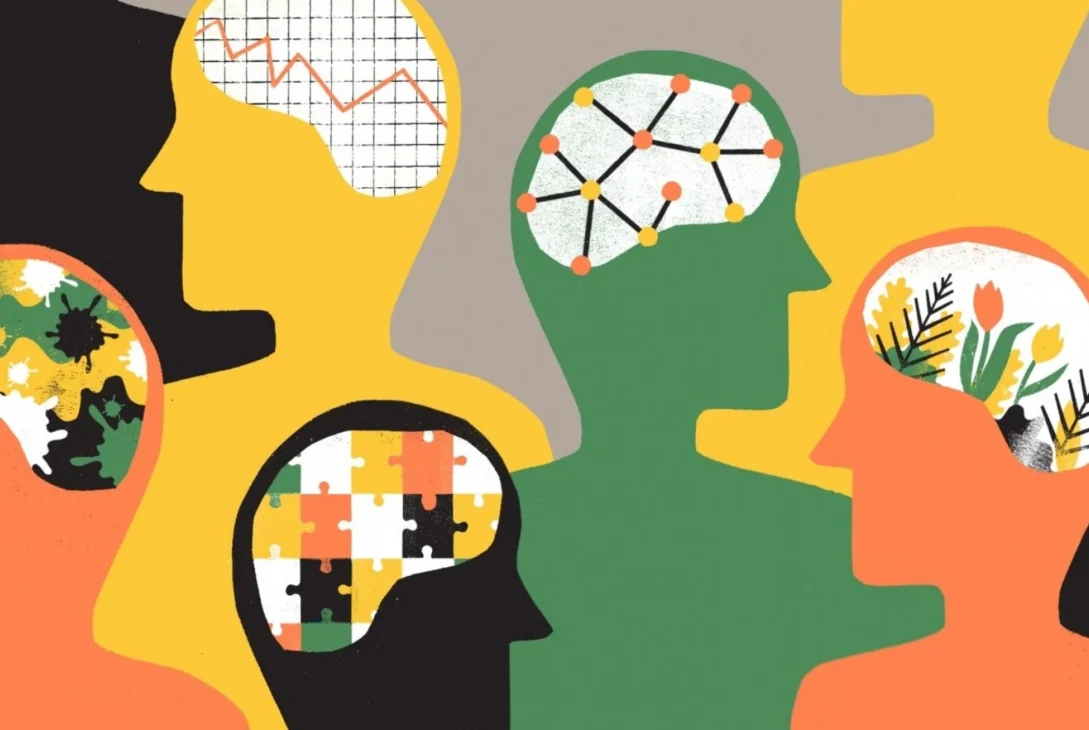Hey there, fellow media enthusiasts! If you’re like me and can’t get enough of movies, TV shows, music, and all things media, you’ve probably wondered why some content tugs at your heartstrings or gives you an adrenaline rush. Well, you’re in for a treat because we’re about to delve into “The Psychology of Media Production: How to Evoke Emotion Through Media.”
In this digital age, we’re constantly bombarded with content. So, what sets apart the videos that go viral, the movies that make us sob uncontrollably, or the ads that stir our emotions? It all comes down to the art of emotional storytelling, and that’s what we’re here to explore.
The Psychology Of Media Production!
Think about the last movie that made you laugh, cry, or scream in terror. Chances are, it was a result of a deliberate blend of psychology and creative genius. Filmmakers, musicians, and advertisers employ a toolbox of techniques that tap into our emotions. They know how to manipulate our feelings using everything from the pacing of a scene to the choice of music.
In this article, we’re going to kick back and explore the secrets behind evoking emotions through media. We’ll discuss how psychology plays a crucial role in crafting stories and content that resonate with us on a personal level. We’ll look at the science behind it, but don’t worry; we’ll keep it fun and engaging.
So, grab your snack, and let’s embark on a journey through the wonderful world of media production and how it tugs at our heartstrings, makes us laugh, and leaves us in awe. Get ready to unravel the magic behind the media that makes us feel alive!
The Emotional Power Of Media

Media producers have a remarkable talent for tapping into our deepest feelings and connecting with our personal experiences. They can make us laugh, cry, or even spark anger with their storytelling, visuals, and soundtracks. It’s this capacity to provoke emotions that lies at the heart of effective media production.
The emotional power of media is not limited to its ability to entertain. It also plays a crucial role in educating and influencing society. Documentaries can stir empathy, inspiring viewers to take action on important issues. News media can trigger outrage, leading to collective movements for change. Advertisements can tap into our desires, driving consumer choices.
Understanding and harnessing the emotional power of media is a fascinating endeavour, and it’s an art that continues to evolve in our fast-paced digital world. With technology constantly advancing, media producers have more tools at their disposal to connect with audiences on an emotional level. As I delve deeper into the psychology of media production, I find myself both in awe of the craft and eager to explore its ever-expanding potential to touch our hearts and minds.
Strategies For Eliciting Emotion

First and foremost, storytelling is at the heart of evoking emotion through media. Crafting a compelling narrative with relatable characters and relatable situations is essential. I’ve found that a well-structured storyline, with clear goals, obstacles, and resolutions, keeps the audience engaged and emotionally invested.
Moreover, visuals and aesthetics play a crucial role. The choice of colours, lighting, and camera angles can all influence the emotional tone of a scene. For instance, warm, soft lighting can create a sense of comfort, while harsh lighting can convey tension and unease.
Music and sound design are equally powerful tools. The right soundtrack can heighten the emotional impact of a scene, while sound effects can intensify the audience’s engagement.
Finally, it’s essential to understand your target audience. Different demographics respond to various emotions differently, and tailoring your content to resonate with their specific emotional triggers is key.
Mastering the psychology of media production requires a delicate balance of storytelling, aesthetics, audio, and a deep understanding of the audience. By implementing these strategies, I’ve been able to create content that resonates emotionally and leaves a lasting impact on viewers.
Psychological Impact On Audiences

One of the most fundamental aspects of evoking emotions in the audience is through storytelling. Humans are wired to connect with stories; we empathize with characters, share their triumphs, and feel their pain. It’s the reason we cry during heart-wrenching movie scenes or celebrate the characters’ victories.
Moreover, the choice of visuals, sound, and pacing in media plays a pivotal role in influencing emotional responses. The subtle use of colour palettes, music, and cinematography can transport viewers to different emotional states. A suspenseful soundtrack can make your heart race, while a soothing melody can bring comfort.
Understanding the psychological principles that drive emotional reactions is essential for media producers. It allows them to craft narratives and visuals that resonate with viewers on a profound level. Whether it’s a tear-jerking drama, an inspiring documentary, or a thrilling action sequence, the psychology of media production is the key to creating content that leaves a lasting impact. So, the next time you’re moved by a powerful piece of media, take a moment to appreciate the careful psychology that went into crafting that emotional experience.
Conclusion
Diving into the psychology of media production has been an eye-opening journey for me. Understanding how to evoke emotion through media is a powerful skill that can profoundly impact the audience’s experience. Whether it’s through compelling storytelling, well-crafted visuals, or carefully chosen music, the ability to elicit emotions is at the core of effective media production.
By tapping into the human psyche and harnessing the principles of psychology, we can create content that not only informs but also resonates on a deep emotional level. This knowledge is a potent tool in the hands of creators, enabling them to connect with their audience in a meaningful and memorable way.









